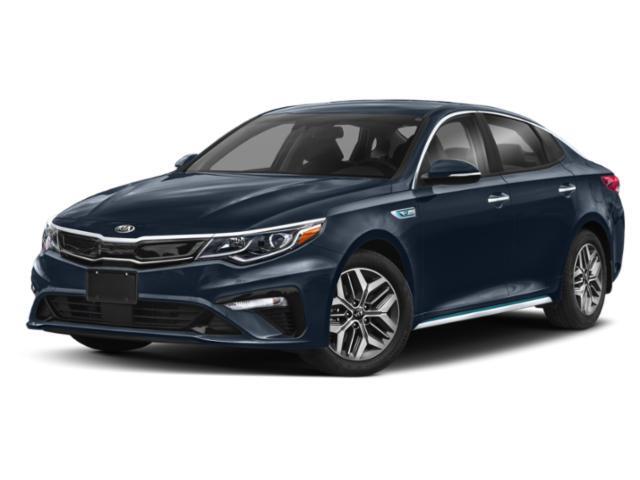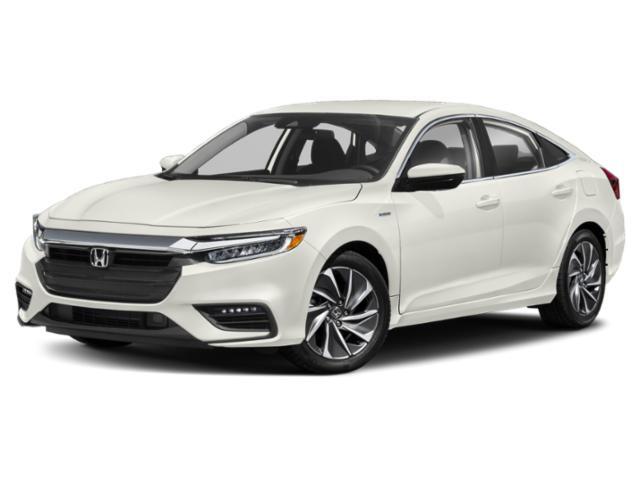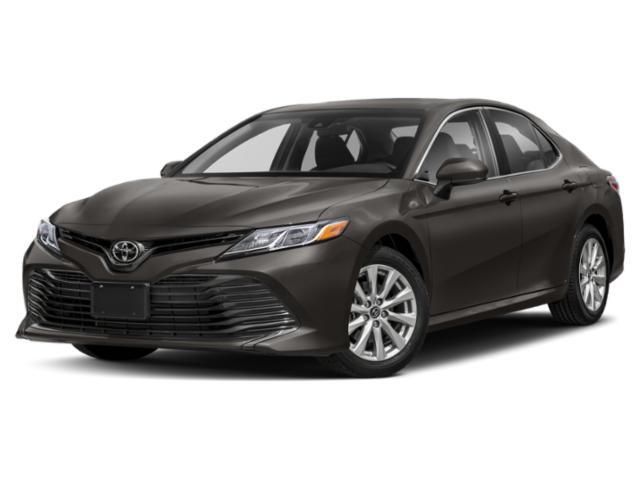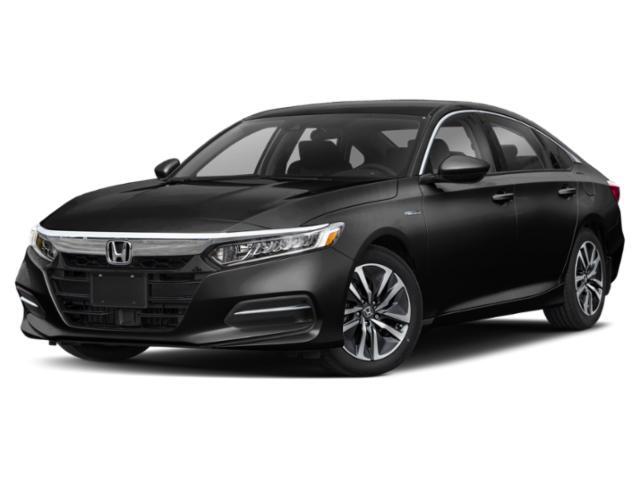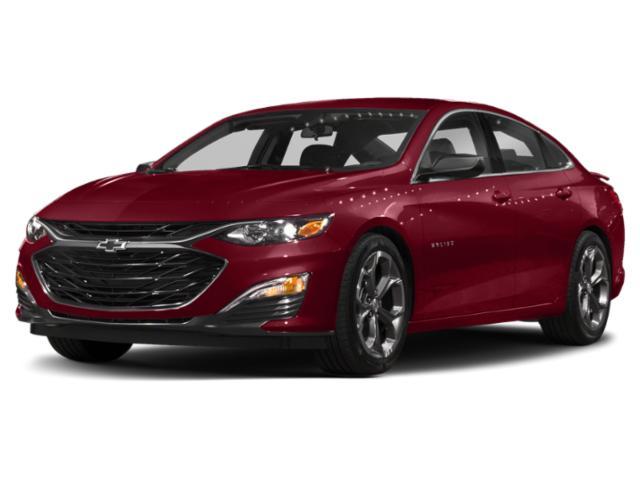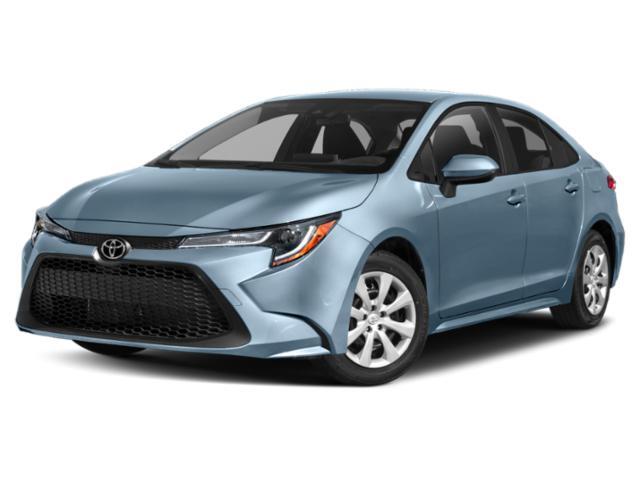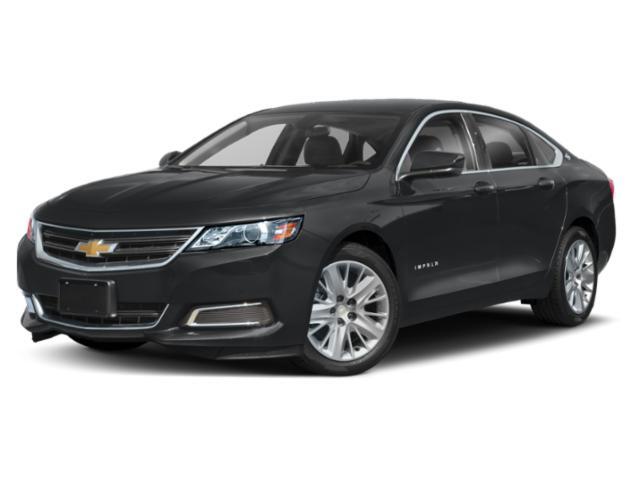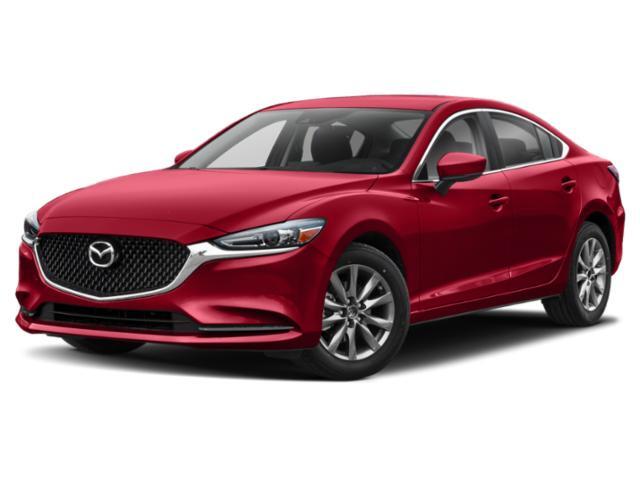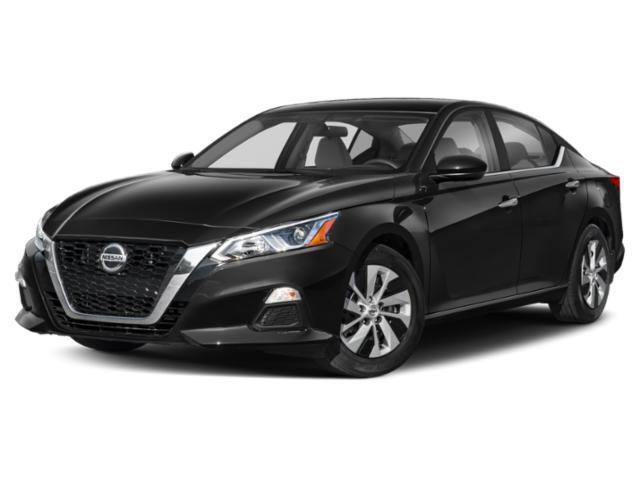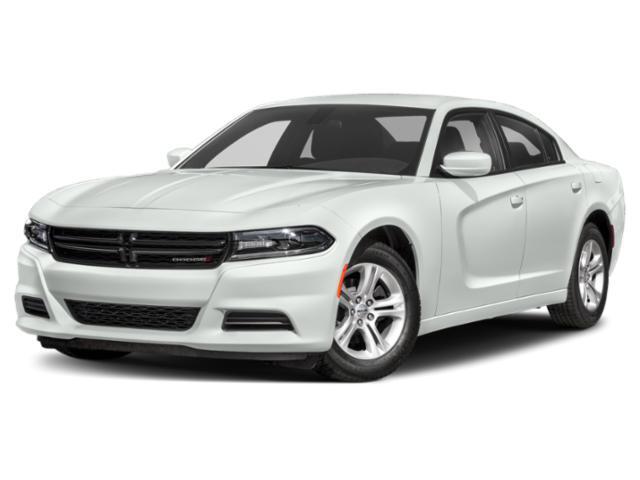
2020 Ford Fusion Hybrid

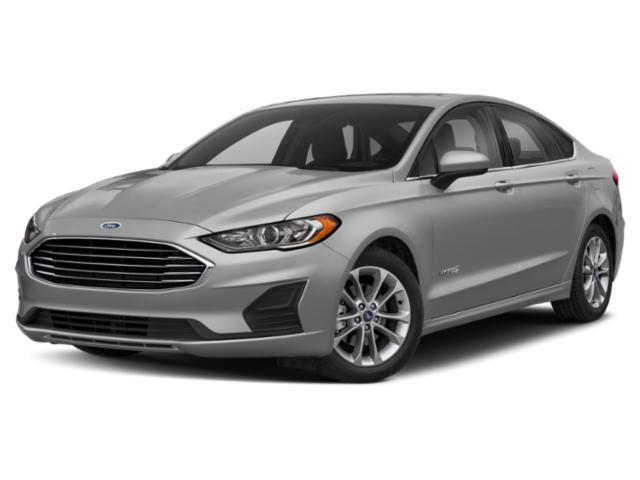
Key Specifications for 2020 Ford Fusion Hybrid






Buyer’s Guide
History/Overview
Ford launched the Fusion Hybrid in 2010 to coincide with the arrival of the second generation of this family sedan. It has been a stalwart of the Fusion line since; the Fusion's 2013 redesigned turned the gas-electric version into one of the most handsome hybrids on the market. We expect 2020 will be the last model year for the Fusion Hybrid.
Available Trims
The Ford Fusion Hybrid comes in SE, SEL and Titanium trims. All use a 2.0L engine matched with an electric motor, a continuously variable transmission and front-wheel drive.
Standard Features
SE trim comes fitted with 17-inch wheels, dual-zone automatic climate control, blind spot monitoring, rear cross-traffic alert, lane keeping assist, forward collision detection with automatic braking, a 4.2-inch digital gauge cluster display, heated side mirrors, LED signature lighting and taillights, capless fuel filling, rain-sensing wipers, auto-dimming rearview mirror, adaptive cruise control, a nine-speaker stereo, Sync 3 infotainment, heated front seats with 10-way driver and six-way front passenger power adjustments and navigation.
SEL gains a leather-trimmed steering wheel, garage door opener, passive keyless entry, an 11-speaker stereo, power seat memory settings and LED headlights.
Finally, Titanium adds 18-inch wheels, a heated steering wheel, ambient interior lighting, a 12-speaker stereo, ventilated seats, leather upholstery, LED fog lights, a power sunroof and rear spoiler.
Fuel Economy
Ford's fuel consumption estimates for the Fusion Hybrid are 5.5/5.7 L/100 km (city/highway).
Competition
Ford's key competitors for the Fusion Hybrid are the Toyota Camry Hybrid, Honda Accord Hybrid, Hyundai Sonata Hybrid and Kia Optima Hybrid. Toyota also competes with the Prius, and Honda's Insight is smaller interpretation of a gas-electric sedan.
Review & Compare:
Photos

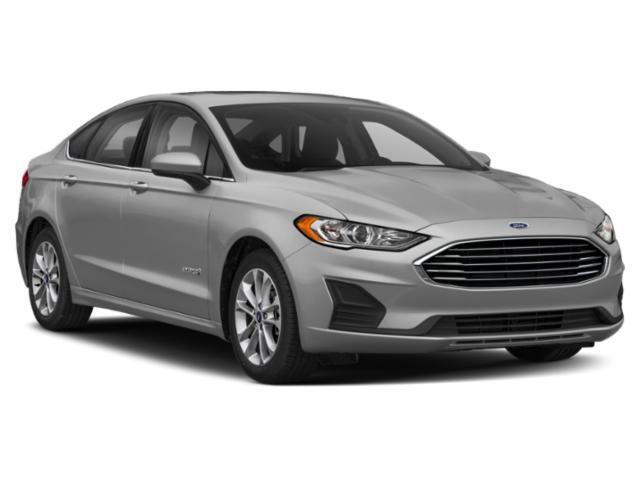
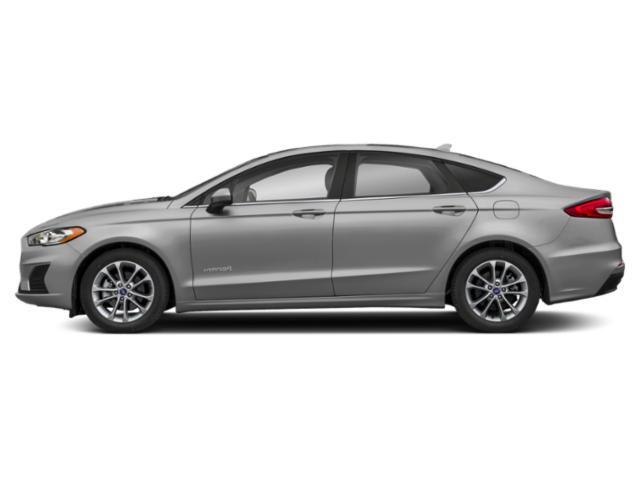
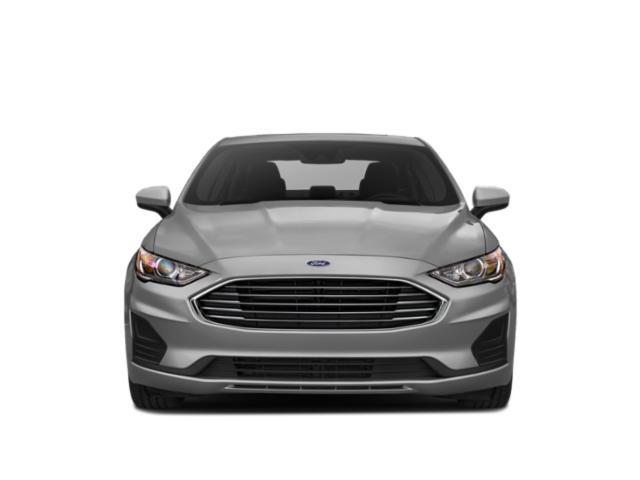
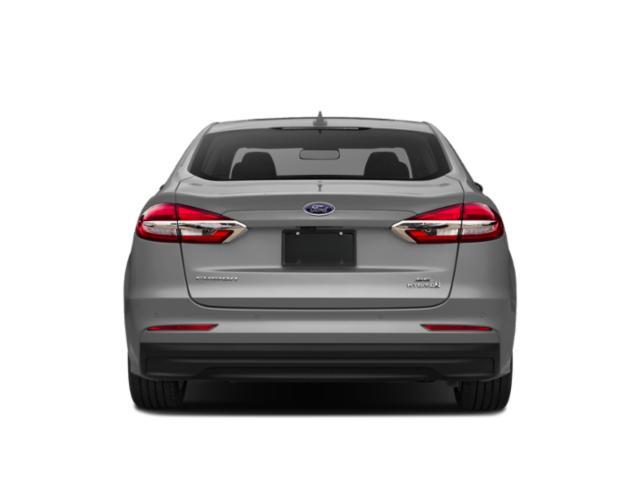
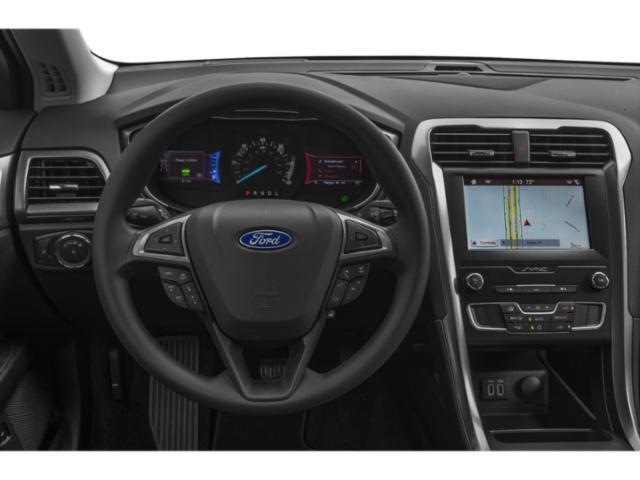
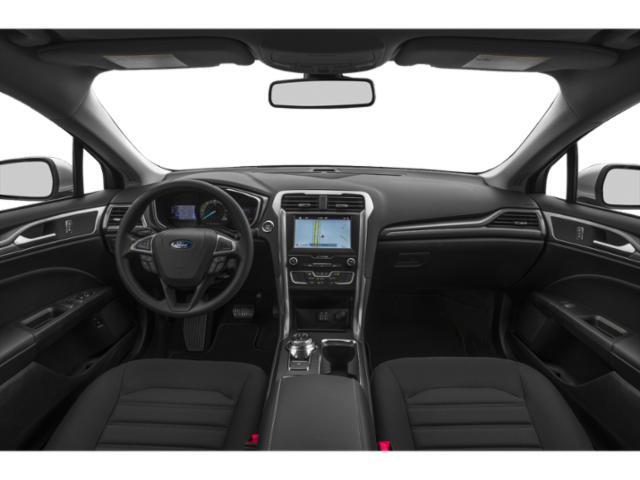
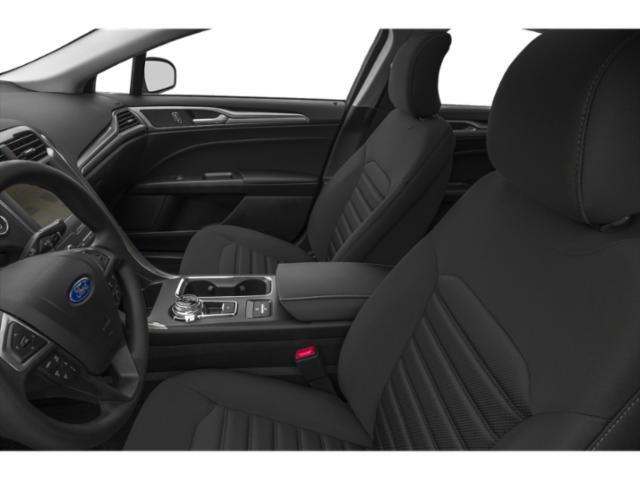
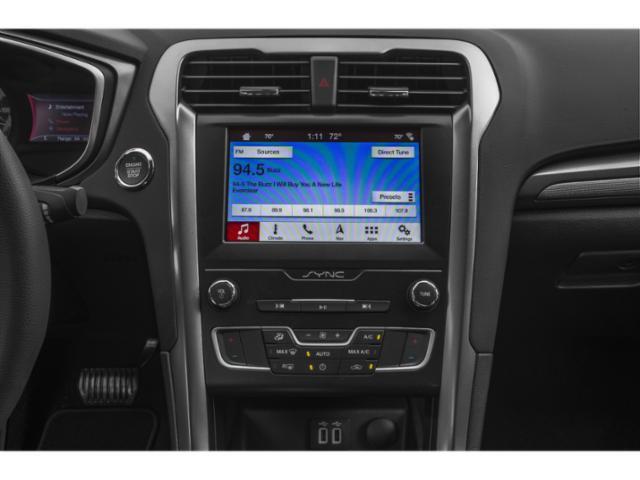
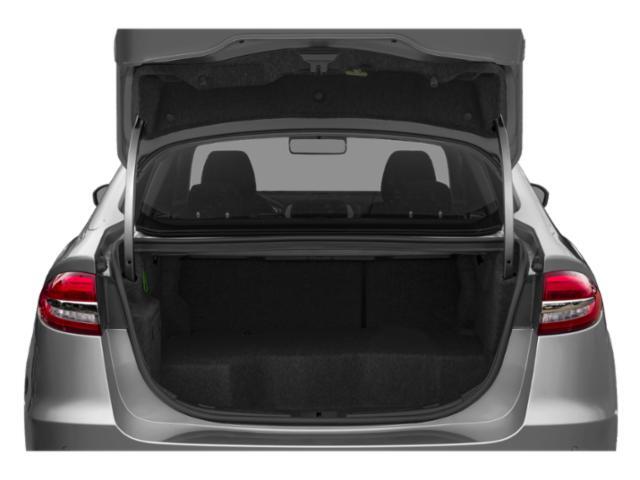
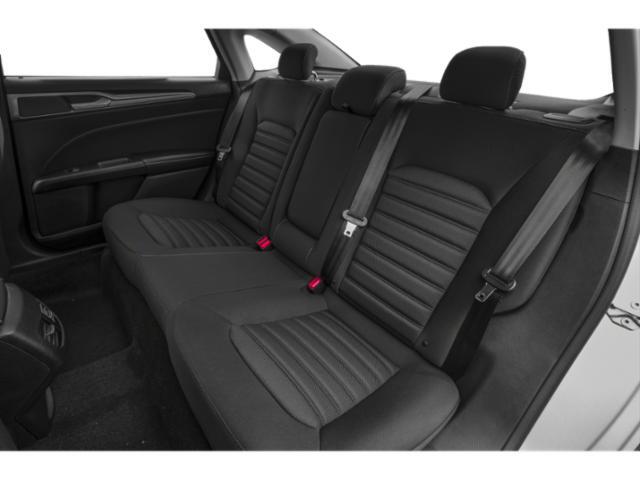
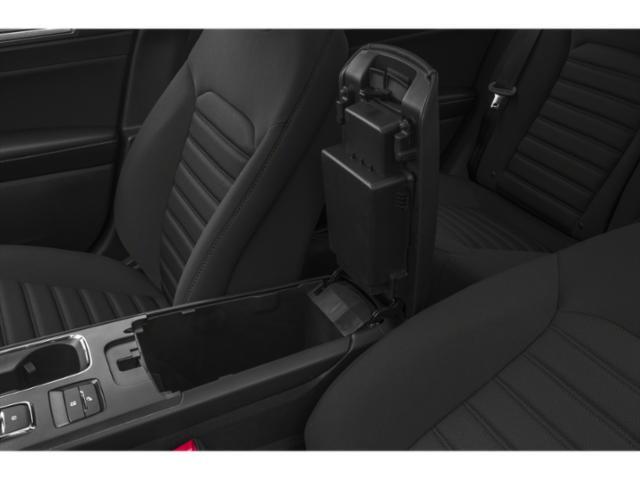
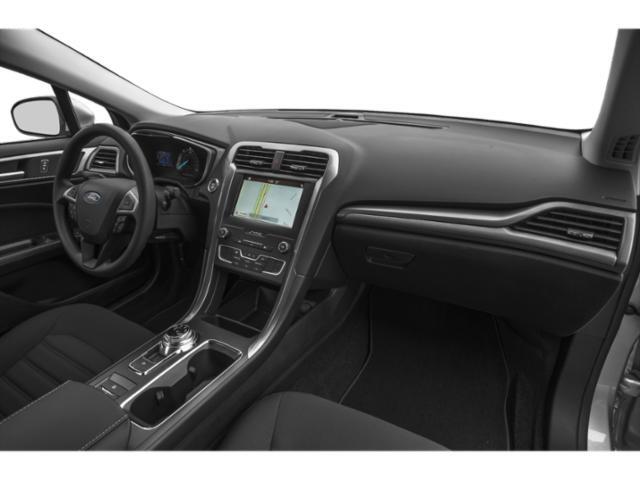
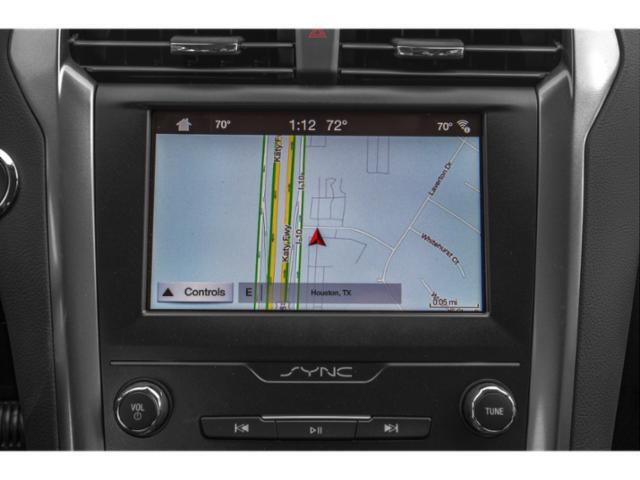

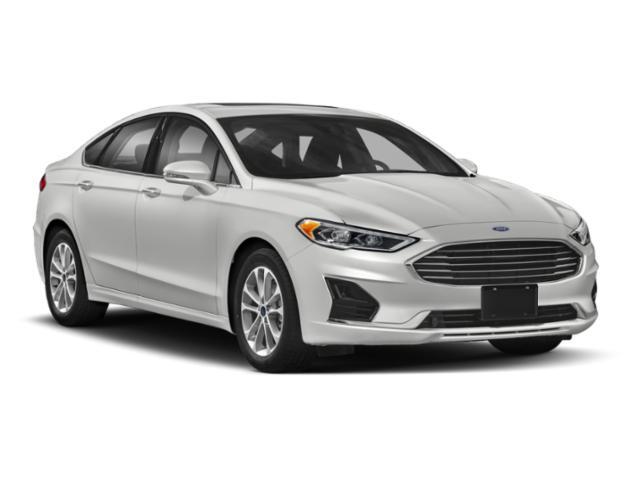
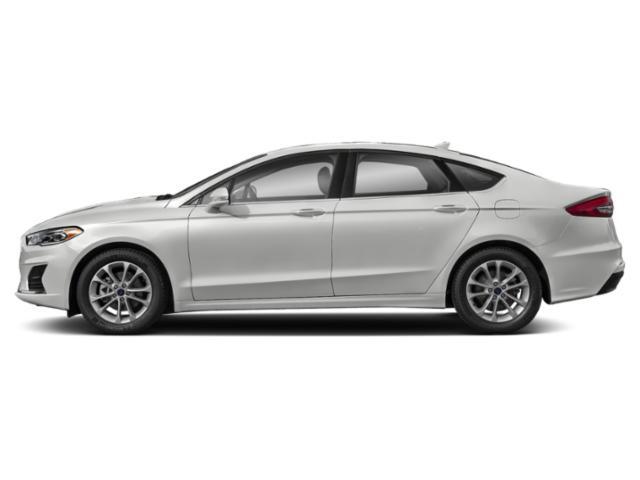
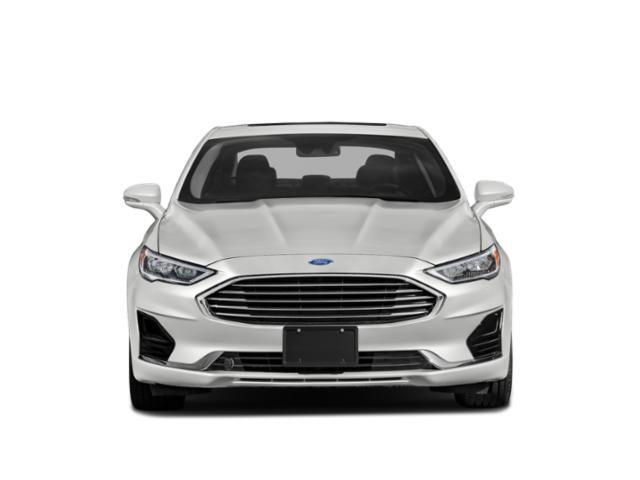
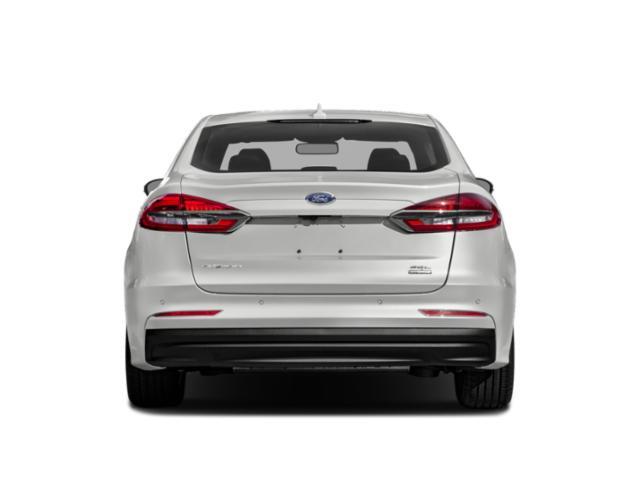
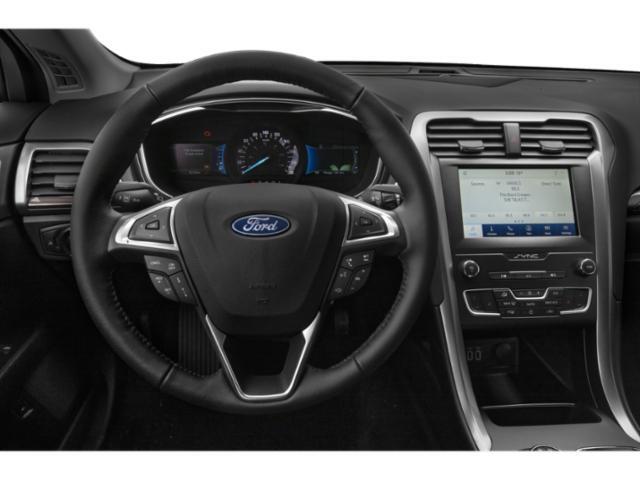
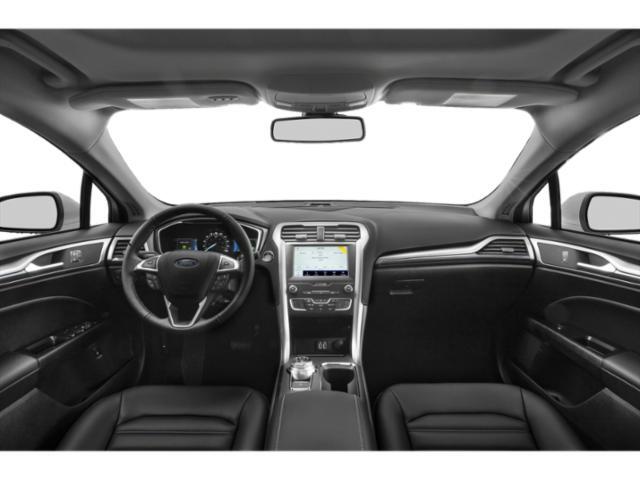
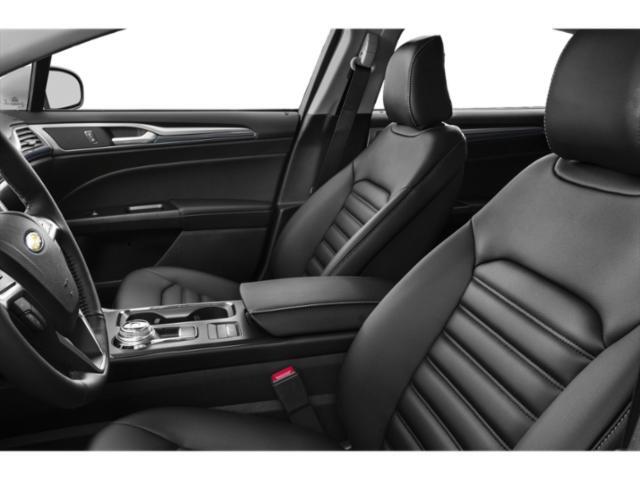
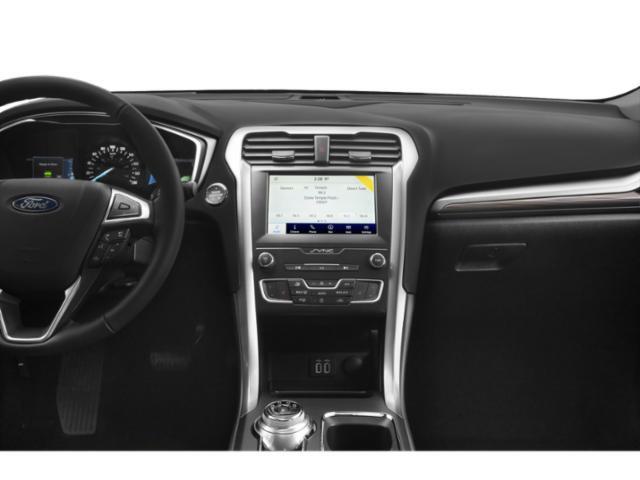
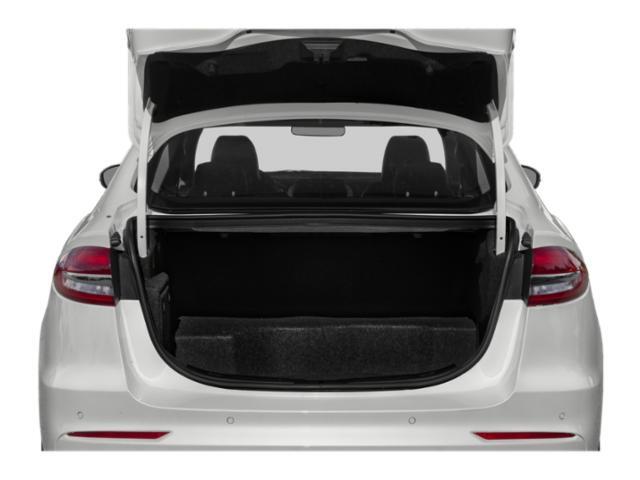
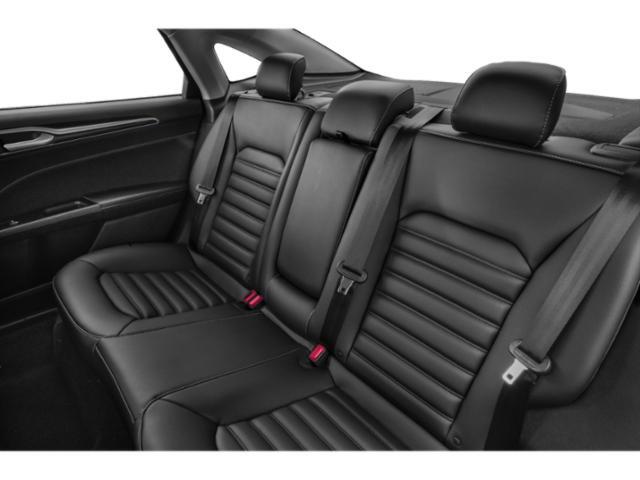
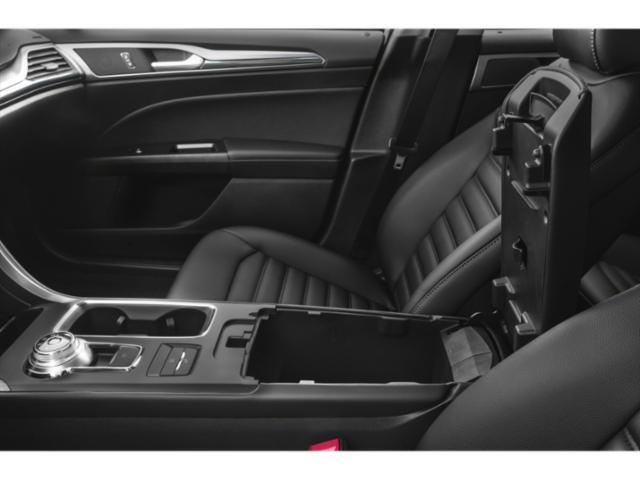
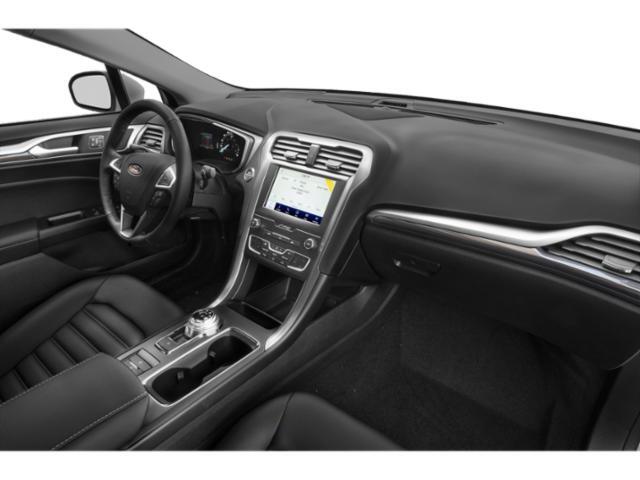
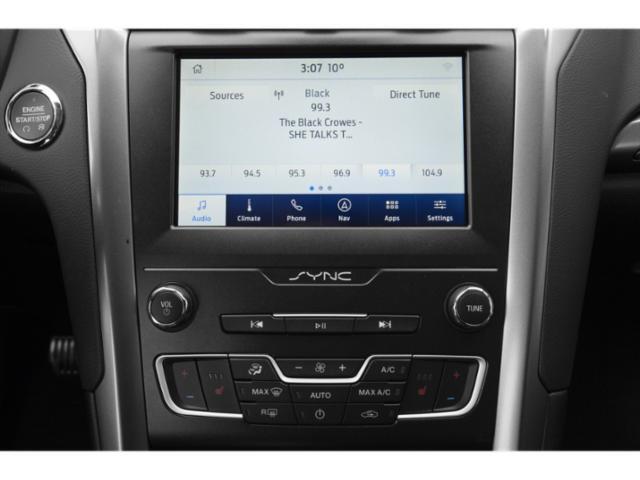




























AutoTrader Review


This vehicle has not yet been reviewed







